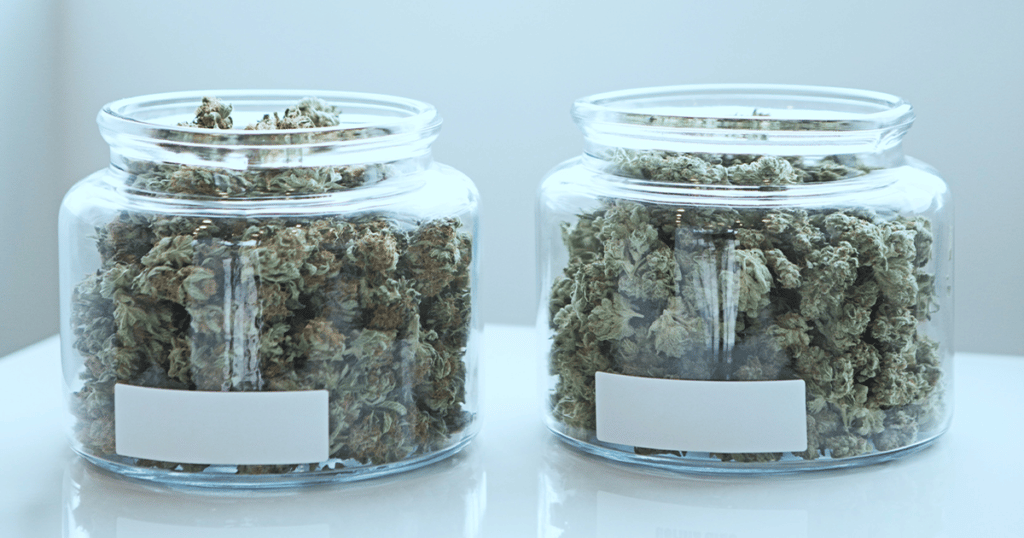Over 100 marijuana dispensaries are being operated from shacks and fuel stations on Native American tribal land while New York State awaits its first official retail licenses.
In a rural patch of Western New York, small wooden shacks sell ounces of “Devil’s Lettuce” for just $80. Gas stations double as operational dispensaries that hand out free cannabis joints with every 10 gallons of gas purchases.
In Salamanca, about 60 miles south of Buffalo, the Good Leaf Dispensary billboard flashes prices for “Platinum Gushers” — marijuana at $350 an ounce.
New York State recently legalized recreational marijuana in 2021 and is about to start reviewing applications for its first retail dispensaries. However, many native tribes within the state have decided that they will not wait for the state to finish reviewing their applications.

Native American tribes from Eastern Long Island to Western New York have begun to take advantage of the state’s slow rollout of recreational cannabis licenses, allowing them to gain a foothold in the multibillion-dollar cannabis market.
Normally the tribes abide by state laws and have, on occasion, claimed sovereignty, allowing them to interpret the rules in their understanding. Many tribal members saw the legalization of cannabis sales in March 2021 as a green light to invest and open their dispensaries. The tribal governments began to formulate their own rules and regulations.
A mixture of remote tribes and suburban communities have jumped the gun and opened their own makeshift cannabis shops without being issued licenses. One tribe in particular, the Shinnecocks, based on Long Island, announced plans in July to open a new 5000-square-foot dispensary at the beginning of 2023. The Shinnecocks’ dispensary is set to open within their territory in Southampton, while the much smaller Cayuga tribe is preparing to open another just southwest of Syracuse on the edge of Cayuga Lake.
In September, the Oneida Nation, which runs the Turning Stone Casino and Resort just west of Utica, announced that they would enter the cannabis industry and promised to build a new 50000-square-foot cannabis production and cultivation facility with additional retail marijuana dispensaries to follow.
Marijuana offers tribes entering the market an opportunity to earn a reliable source of income that is currently free of governmental interference. For example, allowing tribal-run dispensaries a window to sell and advertise cannabis in different ways that the state intends to prohibit for licensed retailers.
Chenae Bullock, a Shinnecock native who serves as the MD of Little Beach Harvest, the Shinnecock tribe’s marijuana business, had the following to say, “Because we don’t need a license from the state, because we don’t have to have permission to enter in the industry from the state, we are a true and authentic Native American cannabis business. This business provides jobs, helps establish careers in an industry, and allows inter-tribal businesses to transact businesses.”
At this moment, the New York State officials seemed to have adopted an extremely hands-off approach to tribal operations.
Chris Alexander, the current director of the New York State Office of Cannabis Management, mentioned that what is happening on the tribal lands is outside his office’s purview as the land belongs to the Native American tribes, not the government.
New York legalized recreational cannabis use in 2021 as part of the budget deal. The legalization of marijuana came after years of debate in Albany, then joining a roster of states where cannabis is legal. Since 2021, officials in New York have been actively criticized for their deliberately slow pace in ensuring the creation of a cannabis marketplace.

Enjoyed that first hit? Come chill with us every week at the Friday Sesh for a freshly packed bowl of the week’s best cannabis news!
















